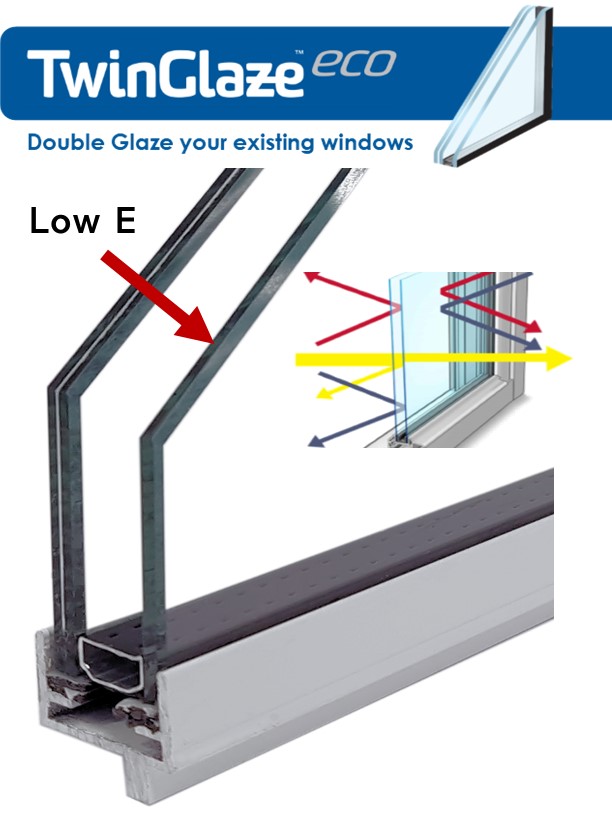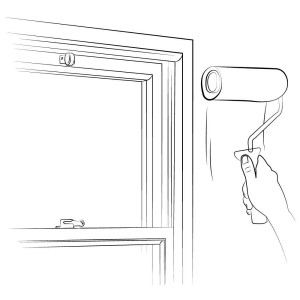All Categories
Featured
Table of Contents
Diy Double Glaze in Darch Western Australia
Glazing just suggests the windows in your house, consisting of both openable and fixed windows, along with doors with glass and skylights. Glazing actually just implies the glass part, however it is normally utilized to describe all aspects of an assembly including glass, movies, frames and home furnishings. Focusing on all of these elements will assist you to achieve reliable passive design.

Energy-efficient glazing makes your home more comfy and dramatically lowers your energy costs. Inappropriate or improperly developed glazing can be a significant source of undesirable heat gain in summertime and substantial heat loss and condensation in winter. As much as 87% of a house's heating energy can be gotten and up to 40% lost through windows.
5 Benefits Of Double Glazing Windows in Kalamunda Perth
Glazing is a significant financial investment in the quality of your house. An initial investment in energy-efficient windows, skylights and doors can considerably lower your yearly heating and cooling bill.

This tool compares window choices to a base level aluminium window with 3mm clear glass. Comprehending a few of the key properties of glass will assist you to pick the very best glazing for your house. Secret homes of glass Source: Adjusted from the Australian Window Association The quantity of light that passes through the glazing is called noticeable light transmittance (VLT) or visible transmittance (VT).
Double Glazed Windows – Their Amazing Benefits For ... in Leederville WA
The U value for windows (expressed as Uw), explains the conduction of the whole window (glass and frame together). The lower the U value, the higher a window's resistance to heat circulation and the better its insulating worth.
For instance, if your house has 70m2 of glazing with aluminium frames and clear glass with a U value of 6. 2W/m2 C, on a winter's night when it is 15C chillier outside compared with inside your home, the heat loss through the windows would be: 6. 2 15 70 = 6510W That is comparable to the overall heat output of a big space gas heating unit or a 6.
Double Glazed Windows in Sorrento Perth

If you choose a window with half the U value (3. 1W/m2 C) (for instance, double glazing with an argon-filled gap and less-conductive frames), you can cut in half the heat loss: 3. 1 15 70 = 3255W The solar heat gain coefficient (SHGC) for windows (revealed as SHGCw) determines how easily heat from direct sunlight flows through an entire window (glass and frame together).
The lower a window's SHGC, the less solar heat it transfers to your home interior. Glazing manufacturers declare an SHGC for each window type and style. Nevertheless, the actual SHGC for windows is impacted by the angle that solar radiation strikes the glass. This is understood as the angle of occurrence.
Sustainability in Viveash WA
When the sun is perpendicular (at 90) to the glass, it has an angle of incidence of 0 and the window will experience the optimum possible solar heat gain. The SHGC stated by glazing manufacturers is constantly determined as having a 0 angle of incidence. As the angle increases, more solar radiation is shown, and less is transferred.
Table of Contents
Latest Posts
8 Benefits Of Double Glazing To Take Advantage Of in Greenmount WA
Single Vs Double Vs Triple - Which Window Is Right For Your ... in Hazelmere Western Australia
Twinglaze® Double Glaze Specification Act - Vic in Coogee Perth
More
Latest Posts
8 Benefits Of Double Glazing To Take Advantage Of in Greenmount WA
Single Vs Double Vs Triple - Which Window Is Right For Your ... in Hazelmere Western Australia
Twinglaze® Double Glaze Specification Act - Vic in Coogee Perth